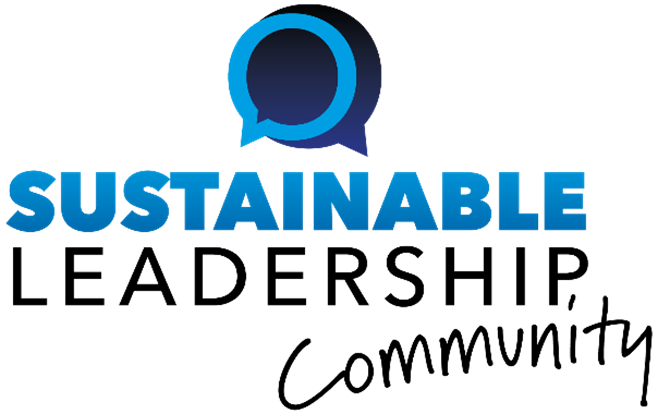Many project managers are now working with contract or distant employees who have some autonomy in how they plan out the assignment. These projects required highly skilled workers but often are not exciting enough to be intrinsically motivating. Examples include information technology or business process outsourcing projects. New research explores the implications of this type […]
Read More… from How to Use Compensation and Team Composition to Manage Procrastination
Growing up in an era of stagnating wages and increasing youth unemployment, one could forgive Millennials for being a bit pessimistic. This is not the case, however, according to a global study of Millennials conducted in 2014 and co-sponsored by the INSEAD Emerging Markets Institute, the HEAD Foundation and Universum. The study, which surveyed Millennials […]
Read More… from Millennials 2: Concerned about Opportunities for Growth and Quality of Life
Assumptions about Millennials are rampant — for example, that they don’t want to work hard or pay their dues, or that work/life balance is more important than money or career. A new, exhaustive study, co-sponsored by the INSEAD Emerging Markets Institute, the HEAD Foundation and Universum and covering Millennials from around the world, reveal a […]
Read More… from Millennials 1: A Diverse Generation Often Misunderstood
While large corporations may have the bandwidth to organize mandatory, sustained in-house training programs, smaller companies must depend on outside organizations and the government to provide training. The challenge with such programs is that employees will only actively participate if they are self-motivated to do so. How can companies create or enable such self-motivation? According […]
Read More… from Psychology-based Training Incentives Motivates Workers
An employee’s work usually consists of two types of tasks or behaviours: in-role tasks, which are the tasks required by the job or position; and discretionary behaviours, which are undertaken by the employee in order to help others or the organization but that are not required tasks or responsibilities. Of course, employees are not always […]
Read More… from The Hidden Costs of Working While Sick
A Center for Creative Leadership (CCL) survey of first-time managers attending its Maximizing Your Leadership Potential (MLP) program offers some insight into the challenges first-time managers face. The 12 top leadership challenges, according to survey respondents, ranged from doing more with less (mentioned by just 5.4% of respondents), working with a range of employees (14.2%), […]
Read More… from Why First-Time Managers Need More Development Support
The next generation of leaders will emerge from the young people entering the workforce today. The best organizations and their leaders have begun thinking about the strengths and weaknesses of this next generation: what competencies they will need to succeed now and in the future. A CCL survey of current leaders from the corporate and […]
Read More… from Develop Next Generation Leaders: Start Early and Focus on Adaptability
Social capital research has established the performance advantages of networking. However, we know surprisingly little about the strategies individuals employ when networking and, in particular, the underlying agency mechanisms involved. Research undertaken at INSEAD has analysed the networking strategies employed by newly promoted professionals at two professional service firms to address two closely related limitations […]
Read More… from Constructive Networking: The Strategies of Players and Purists
In addition to economic and diversity issues, the Duke University/CFO Magazine Global Business Outlook Survey for the fourth quarter of 2014 focused on the issue of millennials in the workplace. A majority of CFOs surveyed believe that millennials can add value to companies, especially, according to 70% of the CFOs surveyed, through the technological savvy […]
Read More… from Firms Are Not Adapting to the Millennial Workforce
Employees just joining the workforce will have different experiences in their first jobs, depending on the economic situation of the firm in which they land. This economic situation makes a major difference in the skills, habits and routines that these first-time employees develop. For example, new workers who arrive during good economic times will have […]
Read More… from How Early Work Experience Shapes Later Leadership Outlook




